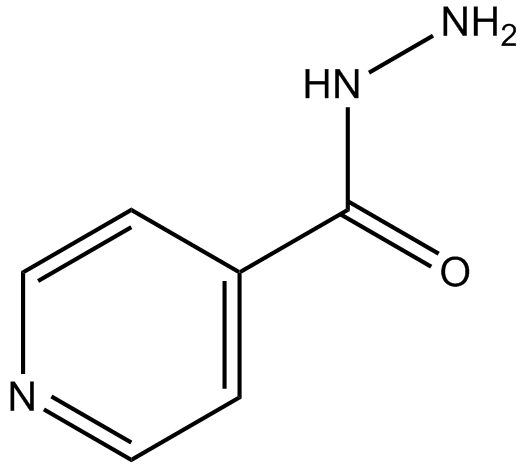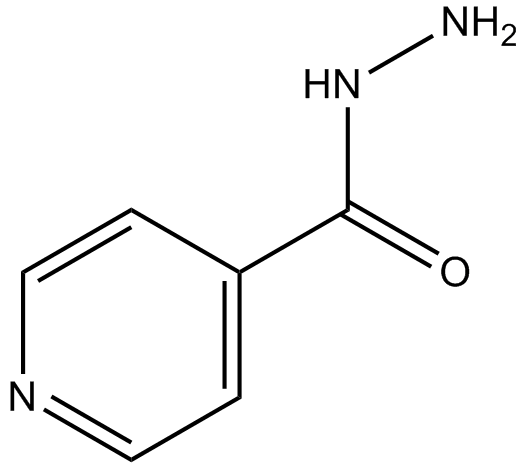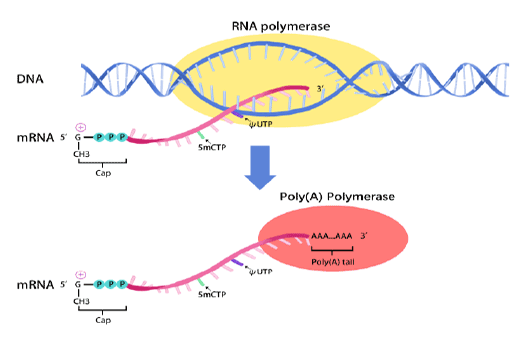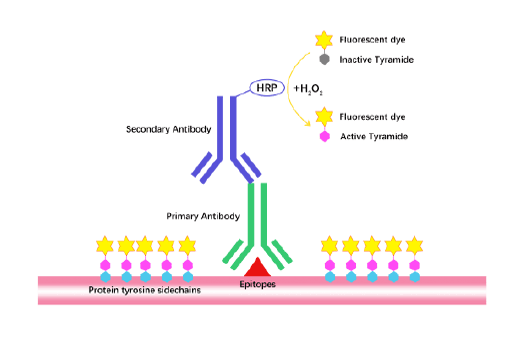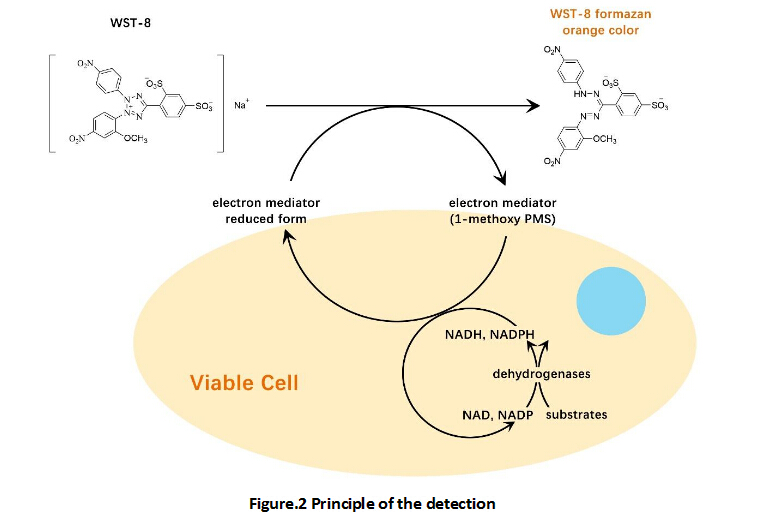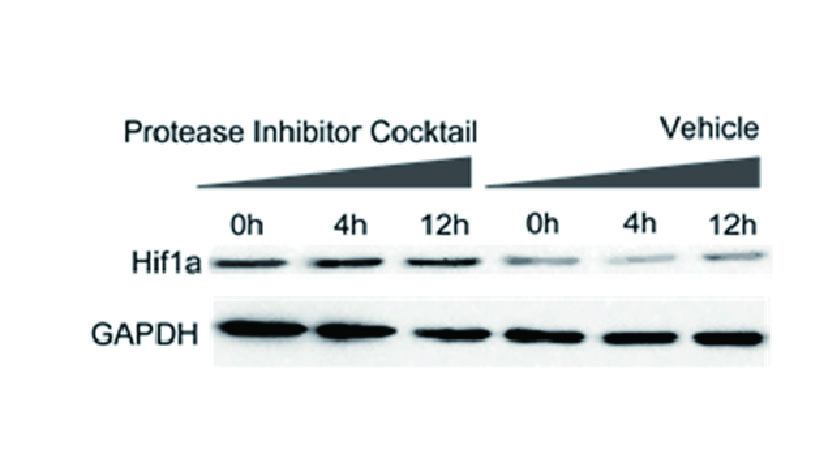Isoniazid
Isoniazid acts as a front-line drug of choice for the treatment of tuberculosis by inhibiting cell wall lipid synthesis [1].
Isoniazid is a prodrug, activated by the mycobacterial catalase-peroxidase enzyme (KatG) in mycobacterium to an active form which disturbs cell wall lipid synthesis, and then exerts a lethal effect on an intracellular target [1].
In Mycobacterium tuberculosis treated with Isoniazid at a concentration of 0.5 μg/mL, the cells stared losing their ability to synthesize mycolic acids immediately, and completely lost this ability after 60 min. The viability of the Isoniazid-treated cells remained, up to ~ 60 min of exposure, after which there was a gradual decline in the viability to ~ 18% after 180 min [2].
In a randomized clinical trial, Group I was assigned to Isoniazid 300 mg per day for 6 months and Group II was assigned to Isoniazid 300 mg per day plus Rifampin 600 mg per day for 3 months, for the treatment of latent tuberculosis infection. Hepatotoxicity was 44% in Group I and 29% in Group II [3].
References:
[1]. Mdluli K, Slayden R A, Zhu Y, et al. Inhibition of a Mycobacterium tuberculosis beta-ketoacyl ACP synthase by isoniazid. Science, 1998, 280(5369): 1607-1610.
[2]. Takayama K, Wang L, David H L. Effect of isoniazid on the in vivo mycolic acid synthesis, cell growth, and viability of Mycobacterium tuberculosis. Antimicrobial Agents and Chemotherapy, 1972, 2(1): 29-35.
[3]. Geijo M P, Herranz C R, Vaño D, et al. Short-course isoniazid and rifampin compared with isoniazid for latent tuberculosis infection: a randomized clinical trial. Enfermedades Infecciosas Y Microbiologia Clinica, 2007, 25(5): 300-304.
| Physical Appearance | A solid |
| Storage | Store at -20°C |
| M.Wt | 137.14 |
| Cas No. | 54-85-3 |
| Formula | C6H7N3O |
| Solubility | insoluble in EtOH; ≥50.9 mg/mL in H2O; ≥6.3 mg/mL in DMSO |
| Chemical Name | pyridine-4-carbohydrazide |
| SDF | Download SDF |
| Canonical SMILES | NNC(c1ccncc1)=O |
| Shipping Condition | Small Molecules with Blue Ice, Modified Nucleotides with Dry Ice. |
| General tips | We do not recommend long-term storage for the solution, please use it up soon. |
Quality Control & MSDS
- View current batch:
Chemical structure
